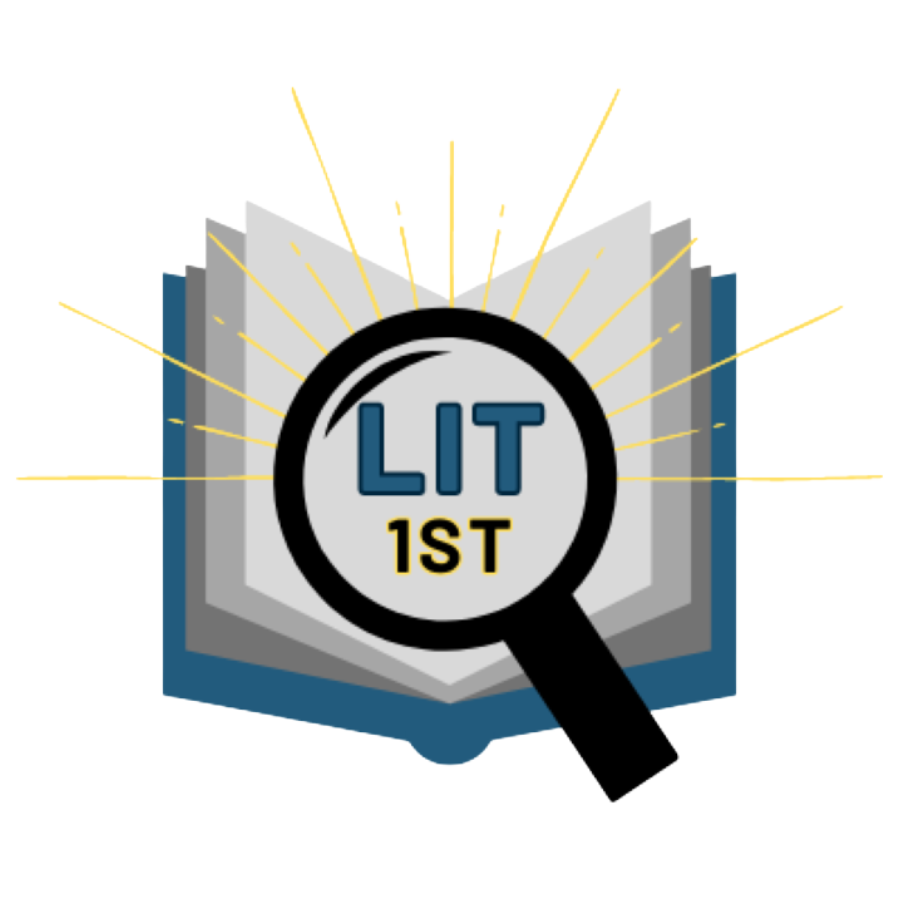
Dyslexia is one of the most commonly misunderstood language difficulties. It is often confused with letter reversals, but it much more than that. Dyslexia is a learning disorder that involves difficulties with word recognition, sounding out words, and poor spelling . Without the learned skills to process letter sounds, written language is extremely difficult. Up to 20% of the population has dyslexia (on a range), resulting in struggles with learning to read, write, and spell.
Students with dyslexia:
- Generally put out so much effort at school that they are exhausted after a school day
- Can appear unmotivated or lazy because reading is such a struggle for them
- Often have low self-esteem and are sometimes thought of as stupid or lazy by parents, teachers and classmates alike
- Are somewhat aware that they are “behind” their classmates
- Sometimes mask their reading weakness with inappropriate behaviors, desires to stay home from school, or taking “breaks” during reading instruction
Could your child be dyslexic or have dyslexic tendencies? Consider the following:
- There is a family history of reading struggles (perhaps beyond the immediate family)
- Your child is strong in other academic areas, but reading, writing, and spelling are extremely difficult
- Your student requires MUCH more time for homework than most other students in the class
- Your student just does not seem to be able to make progress in these areas
